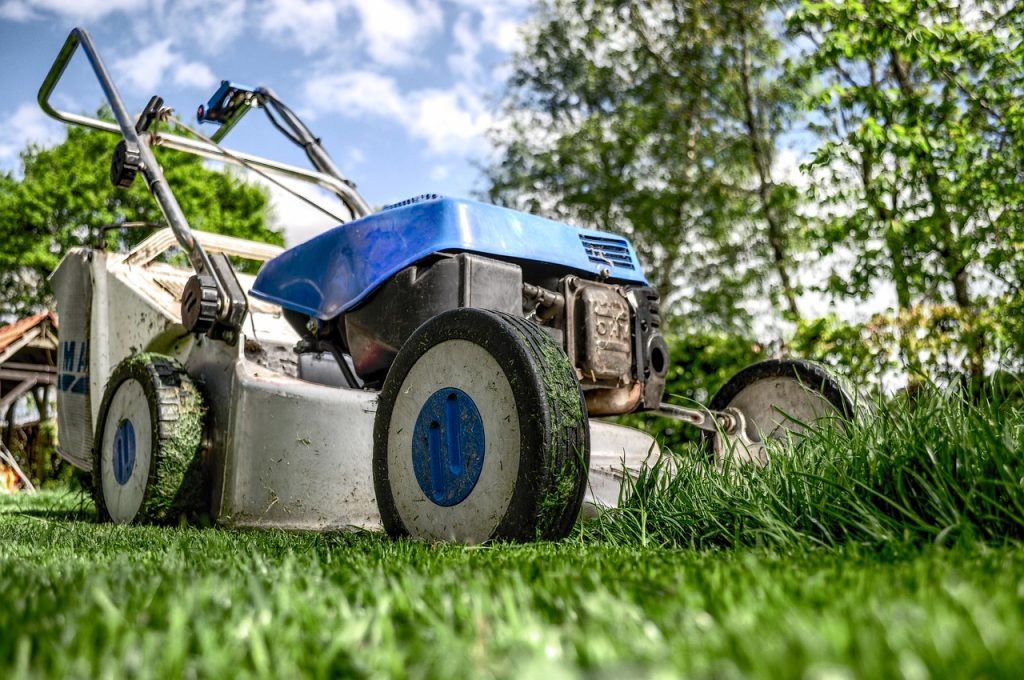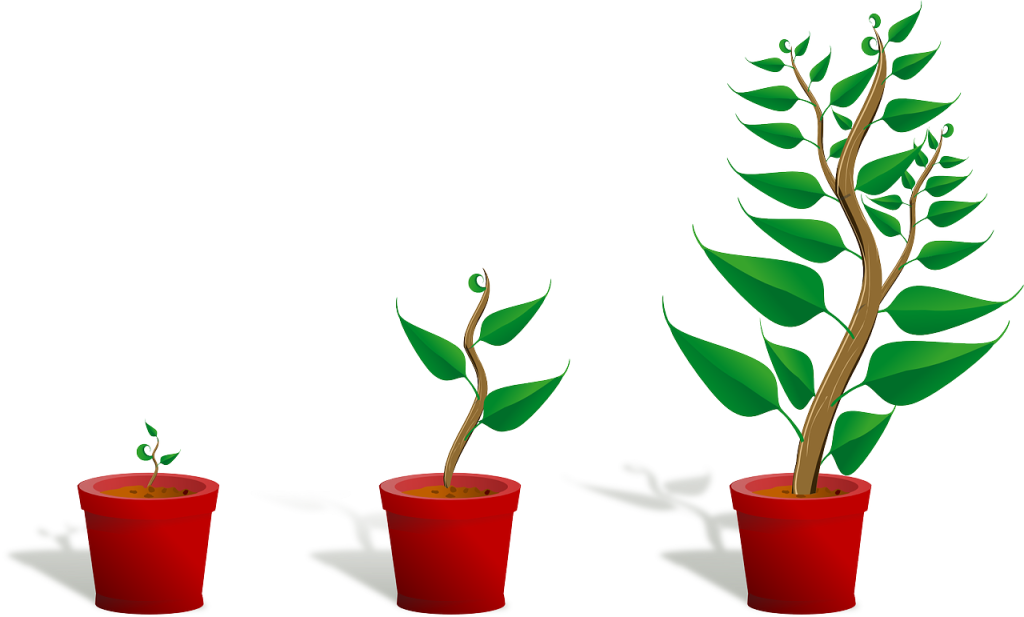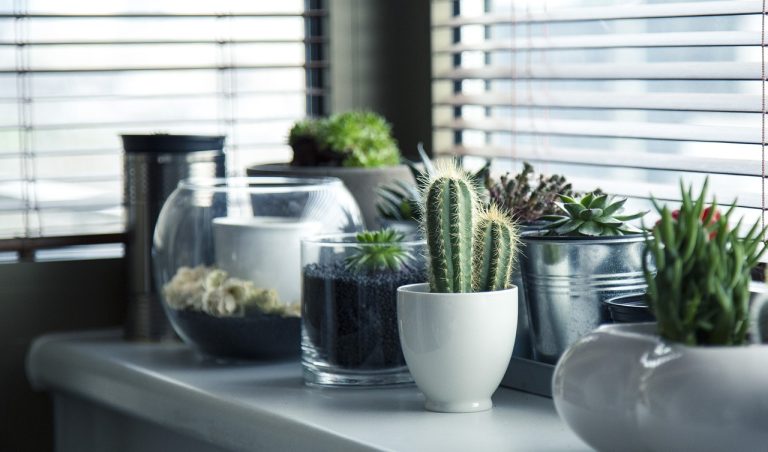So you’ve decided to embark on the exciting journey of creating your very own home garden. Whether you’re a seasoned green thumb or a complete beginner, this article will guide you through the essential steps to prepare your garden and set you on the path to a thriving, bountiful oasis right in your backyard. From selecting the perfect location to planning your garden layout, soil preparation, and choosing the right plants, we’ll cover it all. Get ready to roll up your sleeves and let nature work its magic as we unravel the key steps to prepare a home garden.
Table of Contents
ToggleChoosing an Appropriate Location
Considering sunlight exposure
When choosing a location for your home garden, it’s important to consider the amount of sunlight exposure the area receives. Most plants require at least six to eight hours of direct sunlight each day to thrive. Take note of the different sections of your yard and observe how much sunlight they receive throughout the day. Look for areas that are not overshadowed by trees, buildings, or other structures that may block the sunlight.
Evaluating soil quality
Soil quality plays a crucial role in the success of your home garden. Before starting your garden, it’s essential to evaluate the soil to determine its fertility and composition. You can do a simple soil test by digging a small hole and examining the color, texture, and structure of the soil. Ideal soil should be dark, loamy, and crumbly, indicating good fertility and drainage.
Determining drainage conditions
Proper drainage is vital for the health of your plants. Poor drainage can lead to waterlogged soil, which can suffocate the roots and cause root rot. Assess the drainage conditions of your chosen garden location by checking for signs of standing water or excessive runoff after rainfall. If you notice these issues, you may need to consider drainage solutions such as raised beds or installing a drainage system.
Planning the Garden Layout
Measuring the available space
Before designing your garden layout, it’s important to measure the available space accurately. Consider the dimensions of your garden area and take note of any potential obstacles or features you want to include, such as pathways or seating areas. Measuring the space will help you accurately plan and allocate the necessary resources for your garden.
Deciding on the garden design
Once you have measured the available space, you can start deciding on the garden design that best suits your preferences and needs. Some popular garden designs include traditional row gardens, raised beds, or container gardens. Consider the aesthetic appeal, functionality, and ease of maintenance when selecting a design that fits your style and gardening goals.
Identifying the types of plants
Every garden needs plants, but it’s essential to identify the types of plants that will thrive in your garden’s specific conditions. Consider factors such as climate, sunlight exposure, and soil quality when selecting plants for your garden. Take the time to research different plant varieties and choose a mix of flowers, vegetables, or herbs that align with your gardening aspirations.
Clearing the Area
Removing existing vegetation
Before you can start planting your garden, it’s crucial to clear the area of any existing vegetation. Remove any weeds, grass, or unwanted plants that may compete with your garden plants for nutrients, sunlight, and water. This can be done using hand tools, such as a shovel or garden fork, or by manually pulling out the vegetation.
Weeding the area
Weeding is an ongoing task in maintaining a healthy garden, but it is especially important during the initial clearing phase. Take the time to thoroughly remove any weeds or invasive plants in the area. This will help prevent them from regrowing and taking over your garden space. You can use a hoe or a hand weeder to make the task easier and more efficient.
Leveling the ground
Once the area is free from existing vegetation and weeds, it’s time to level the ground. Use a rake or a garden leveling tool to even out the soil and create a smooth surface for planting. Leveling the ground will help ensure that water is distributed evenly and that your plants have a stable foundation to grow on.
Preparing the Soil
Soil testing for pH and nutrient content
To ensure optimal plant growth, it’s essential to test the soil for its pH level and nutrient content. Home soil testing kits are readily available and easy to use. Follow the instructions provided with the kit to obtain accurate results. The pH level will indicate whether the soil is acidic, neutral, or alkaline, while the nutrient content will help you determine if any amendments are needed.
Amending the soil with organic matter
Based on the results of your soil test, you may need to amend the soil with organic matter to improve its fertility and structure. Organic matter, such as compost, well-rotted manure, or leaf mold, can provide essential nutrients and enhance the soil’s ability to retain moisture. Work the organic matter into the soil using a garden fork or tiller, ensuring it is evenly distributed.
Mixing in compost or fertilizer
In addition to organic matter, incorporating compost or fertilizer into the soil will further enrich its nutrient content. Compost helps replenish nutrients over time, while fertilizer provides a more immediate boost. Follow the manufacturer’s instructions when applying fertilizer, as overuse can harm plants. Mix the compost or fertilizer evenly into the soil to ensure that the nutrients are readily available to the plant roots.
Installing Garden Beds or Containers
Building raised beds
Raised beds offer several advantages, including better drainage, improved soil quality, and ease of access for planting and maintenance. If you opt for raised beds, decide on the dimensions and materials that best suit your garden design. Use weather-resistant materials, such as untreated wood or stone, and construct the beds to a height that allows for proper root growth.
Selecting appropriate containers
If space is limited or you prefer a container garden, choose suitable containers for your plants. Consider the size, depth, and drainage capabilities of the containers. Ensure that they have sufficient drainage holes to prevent waterlogging, and use lightweight containers for easy maneuverability.
Ensuring proper drainage
Whether you are using raised beds or containers, it’s crucial to ensure proper drainage. Poor drainage can lead to root rot and other issues. Position the raised beds or containers on a level surface and add a layer of gravel or small stones at the bottom to facilitate water drainage. Additionally, consider placing saucers or trays beneath containers to catch excess water.
Choosing and Planting Seeds or Transplants
Selecting seeds or transplants based on climate and personal preference
When choosing seeds or transplants for your garden, consider the climate and growing conditions in your area. Opt for plant varieties that are suitable for your region’s temperature, rainfall, and sunlight patterns. Additionally, select plants based on your personal preferences and the specific goals you have for your garden, such as growing fresh vegetables or cultivating beautiful flowers.
Following instructions on seed packets or transplant labels
To ensure successful germination and growth, it’s important to follow the instructions provided on seed packets or transplant labels. These instructions will typically include details on planting depth, spacing, and recommended planting times. Pay close attention to these guidelines to give your plants the best chance of thriving.
Properly spacing and planting seeds or transplants
Proper spacing is crucial to allow for adequate air circulation, sunlight exposure, and nutrient uptake for your plants. Follow the recommended spacing guidelines provided on seed packets or transplant labels. Use a garden shovel or trowel to dig appropriate planting holes and gently place the seeds or transplants in the soil at the correct depth. Cover them with soil and lightly pat down the surface to ensure good seed-to-soil contact.
Providing Adequate Watering and Irrigation
Determining the water requirements of plants
Different plants have varying water requirements, so it’s important to understand the needs of the plants in your garden. Research the water requirements of each plant species and take into account factors such as the plant’s stage of growth, weather conditions, and soil moisture levels. This knowledge will guide you in providing the appropriate amount of water to keep your plants healthy.
Setting up a watering system
To ensure consistent and efficient watering, consider setting up a watering system for your garden. This can include installing drip irrigation, soaker hoses, or sprinklers. Choose a system that suits the size and layout of your garden, as well as your water source and conservation goals. Regularly check your watering system for any leaks or malfunctions to ensure optimal watering efficiency.
Establishing a watering schedule
Establishing a watering schedule will help you maintain the health of your plants while conserving water. Take into account the specific watering needs of each plant species and consider factors such as rainfall patterns and temperature fluctuations. Water your plants deeply and thoroughly, avoiding excessive watering that can lead to waterlogging. Monitor the moisture level of the soil and adjust your watering schedule accordingly.
Implementing Pest and Weed Control Measures
Using organic or chemical pest control methods
Pests can wreak havoc on your garden, so it’s important to implement pest control measures to protect your plants. Consider using organic methods, such as companion planting, biological controls, or homemade insecticidal sprays, to minimize the use of harmful chemicals. If necessary, use chemical pest control products sparingly and follow the instructions carefully to prevent harm to beneficial insects and the environment.
Regularly inspecting plants for signs of pests or diseases
Regularly inspecting your plants for signs of pests or diseases is essential for early detection and intervention. Look out for chewed leaves, yellowing or wilting foliage, unusual growths, or signs of insect infestation. Promptly address any issues you notice by applying appropriate treatments or seeking advice from local gardening experts or extension services.
Applying mulch to suppress weed growth
Weeds can compete with your garden plants for resources, so it’s important to implement weed control measures. Applying a layer of organic mulch around your plants can help suppress weed growth by blocking sunlight and preventing weed seeds from germinating. Use materials such as straw, wood chips, or shredded leaves as mulch, ensuring a sufficient layer to effectively minimize weed growth.
Caring for the Garden
Regularly watering and feeding plants
To keep your garden thriving, regular watering and feeding are essential. Monitor the moisture level of the soil and adjust your watering schedule as needed. Additionally, fertilize your plants according to their specific nutrient requirements. Use organic fertilizers or compost to nourish the soil and provide the necessary nutrients for healthy growth.
Pruning and trimming plants
Pruning and trimming are essential maintenance tasks that help promote healthy growth and shape your plants. Remove dead, damaged, or diseased branches to maintain plant vigor and prevent the spread of diseases. Additionally, consider trimming plants to maintain a desired size or shape, especially for shrubs or topiaries.
Removing dead leaves and flowers
Regularly removing dead leaves and spent flowers from your plants not only enhances the overall appearance but also promotes better plant health. Dead leaves can attract pests and diseases, and spent flowers can divert energy from producing new blooms. Use pruning shears or garden scissors to carefully remove these unwanted parts, taking care not to damage the surrounding foliage.
Harvesting and Enjoying the Fruits of Your Labor
Monitoring plant maturity for harvesting
One of the most rewarding aspects of gardening is harvesting the fruits of your labor. Different plants have specific signs of maturity, such as color changes or firmness, indicating they are ready to be harvested. Regularly monitor your plants and harvest the ripe produce at the appropriate time to enjoy the best flavor and quality.
Harvesting vegetables, fruits, and herbs
When harvesting vegetables, fruits, or herbs, use sharp garden tools or your hands to carefully remove them from the plants. Be gentle to avoid damaging the surrounding foliage or stems. Some crops, like tomatoes or peppers, may require twisting or cutting to separate them from the plant. Harvest herbs by snipping individual leaves or sprigs, taking care not to remove too much foliage at once.
Utilizing harvested produce in meals or preserving them
Once you’ve harvested your produce, it’s time to enjoy the fruits of your labor. Incorporate freshly harvested vegetables, fruits, and herbs into your meals for maximum flavor and nutrition. Explore new recipes or simply savor the joy of growing your own food. If you have an abundance of produce, consider preserving them through canning, freezing, or drying, ensuring that you can enjoy the flavors of your garden year-round.
By following these steps, you’ll be well on your way to creating a vibrant and thriving home garden. Remember to adapt the process to your specific circumstances, climate, and personal preferences. Gardening is a fulfilling journey that allows you to connect with nature and enjoy the beauty and rewards of your own little corner of the world. Happy gardening!









